
Tokyo is a city that blends futuristic innovation with deep-rooted tradition. From towering skyscrapers and neon-lit streets to quiet gardens, it offers something for every kind of traveler. Whether you’re drawn to its vibrant culture, world-class food scene, or historic landmarks, this guide will help you explore Tokyo with ease.
Arriving in Tokyo
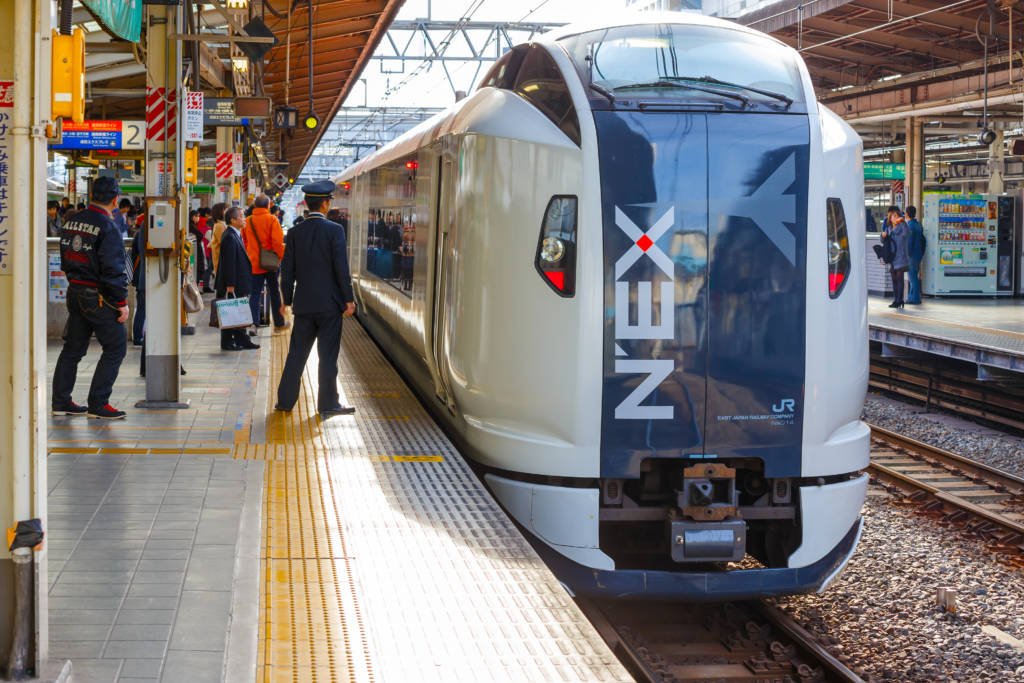
Tokyo has two major airports—Narita International Airport (NRT) and Haneda Airport (HND). Haneda is located closer to central Tokyo, while Narita, which handles a higher volume of international flights, is farther from the city.
For transportation, several options are commonly used:
- Narita Express (N’EX) – A direct train that reaches Tokyo Station in about an hour.
- Keisei Skyliner – A fast option for travelers heading to Ueno or Nippori.
- Airport Limousine Bus – A convenient service that drops passengers at major hotels.
- Tokyo Monorail – A recommended route from Haneda, with connections to the JR Yamanote Line.
Since Tokyo’s public transportation is known for its efficiency, many travelers plan ahead by arranging a direct airport transfer or purchasing a train pass to simplify their arrival.
Where to Stay in Tokyo
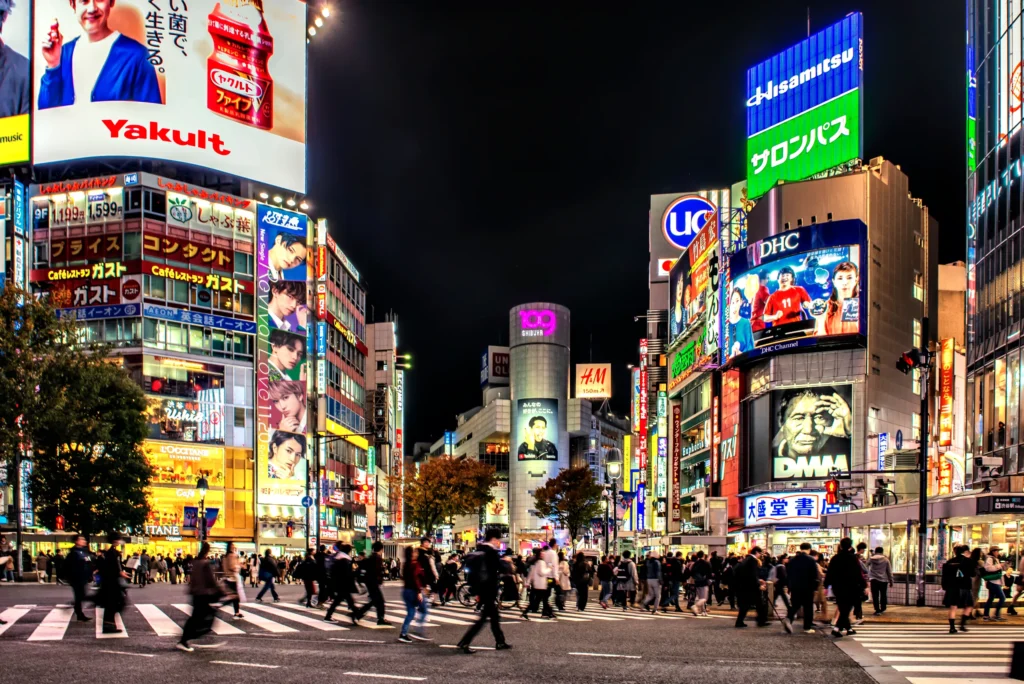
Tokyo is massive, and choosing the right neighborhood can shape your experience. Here’s a breakdown of some of the best areas:
- Shinjuku – A major hub with endless shopping, dining, and nightlife options. It’s also well-connected by train.
- Shibuya – A youthful and trendy area, home to the famous Shibuya Scramble Crossing.
- Asakusa – A quieter, more traditional district, ideal for experiencing old Tokyo
- Ginza – The upscale shopping and dining district, known for luxury brands and fine dining.
- Akihabara – The center of anime, gaming, and tech culture.
Since Tokyo’s train system is highly efficient, staying near a convenient station makes getting around much easier.
Top Places to Visit
1. Shibuya Crossing & Hachiko Statue
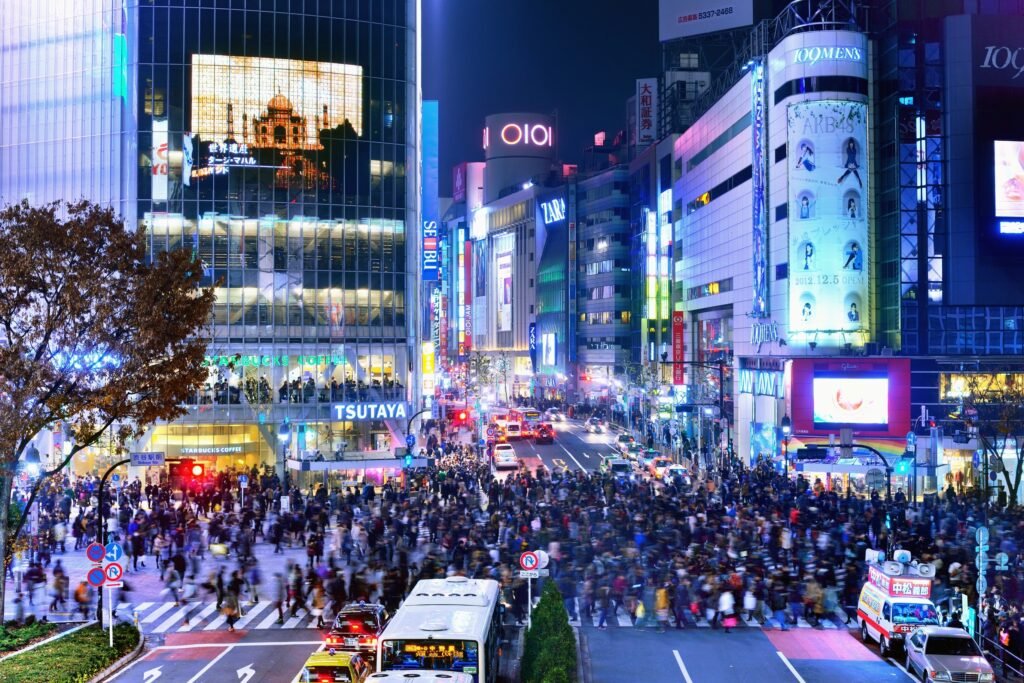
One of the busiest intersections in the world, Shibuya Crossing is a must-see, especially in the evening when neon lights and massive billboards illuminate the area. Hundreds of people cross in perfect synchronization, creating an unforgettable sight.
Nearby, the Hachiko Statue honors Japan’s most famous loyal dog and serves as a popular meeting spot. For the best view of the crossing, Shibuya Sky offers a panoramic look at the city, while rooftop cafés and observation decks provide great photo opportunities.
2. Akihabara: The Tech & Anime Hub
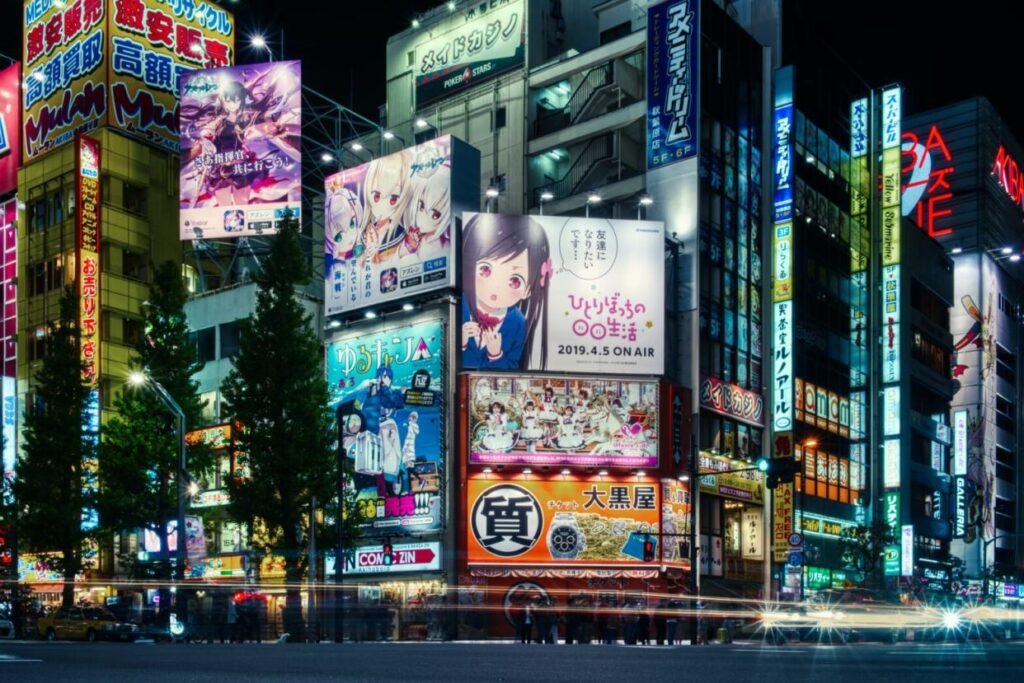
Akihabara is a paradise for anime fans, gamers, and tech enthusiasts. The district is packed with electronics stores, multi-story arcades, and specialty shops selling rare collectibles, from limited-edition figures to retro video games. The streets are lined with neon signs and massive billboards featuring the latest anime releases, adding to the area’s energetic atmosphere.
Beyond shopping, Akihabara is also known for its themed cafés, offering everything from gaming lounges to high-tech, immersive dining experiences. These cafés provide a fun way to engage with Japan’s pop culture scene, making them a must-visit for those looking to experience a different side of Tokyo.
3. Odaiba: A Futuristic Waterfront Area

Odaiba is a man-made island known for its futuristic attractions, waterfront views, and entertainment hubs. The area is home to the teamLab Borderless digital art museum, an immersive experience where light, color, and motion blend to create interactive exhibits. Another highlight is the Giant Unicorn Gundam Statue, a full-scale, transforming mecha that draws anime fans from around the world.
Odaiba’s DiverCity Tokyo Plaza and Aqua City offer a mix of shopping, dining, and entertainment, while the Miraikan (National Museum of Emerging Science and Innovation) showcases robotics, space exploration, and cutting-edge technology. Visitors can also enjoy stunning views of Rainbow Bridge, especially in the evening when it lights up against the Tokyo skyline. Whether exploring its futuristic museums, shopping for exclusive merchandise, or simply taking in the waterfront scenery, Odaiba offers a unique and modern side of Tokyo.
4. Shinjuku Gyoen: A Peaceful Escape
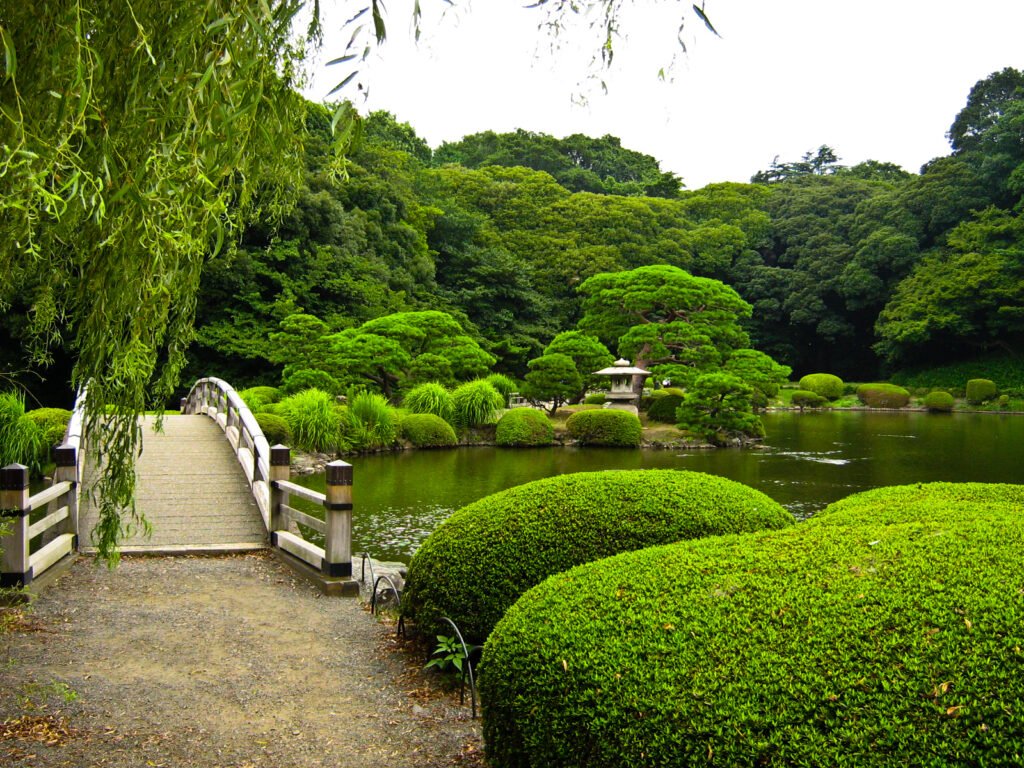
For a quiet retreat from Tokyo’s fast pace, Shinjuku Gyoen is a beautifully maintained park with walking paths, open green spaces, and seasonal flower displays. It is especially popular in the spring when the park transforms with vibrant colors during cherry blossom season.
Getting Around Tokyo
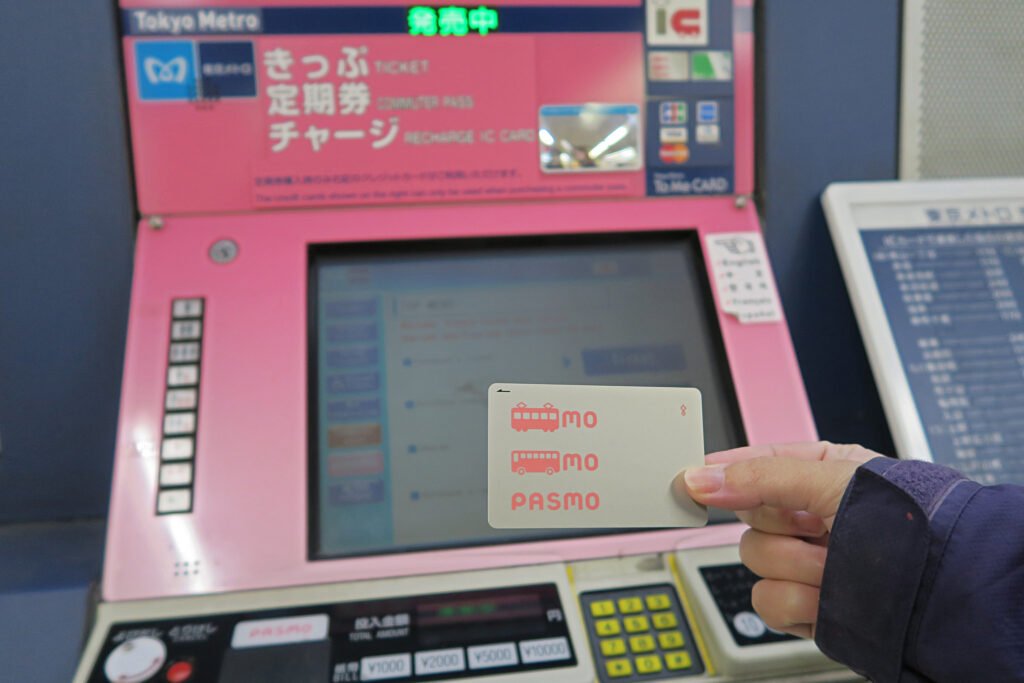
Tokyo’s train and subway system is renowned for being one of the most efficient in the world, but it can feel overwhelming for first-time visitors due to its vastness and the number of different lines. The city has an extensive network of subway, JR (Japan Rail), and private lines, each serving specific areas and operating on different schedules. While this may seem complicated at first, the system is highly reliable and well-organized once you get the hang of it.
Getting Around Tokyo Made Easy
Tokyo’s train system might look overwhelming at first, but it’s actually super efficient once you get the hang of it.
- JR Yamanote Line – Think of this as Tokyo’s main loop. It circles central Tokyo and hits all the big spots like Shinjuku, Shibuya, and Akihabara.
- Tokyo Metro – The city’s colorful subway lines connect downtown and beyond. Once you learn the map, it’s a breeze.
- Private Lines – Lines like Keio or Tokyu go a bit further out—perfect for day trips.
Tips to Keep It Simple:
- Get a Suica or Pasmo card – Tap in, tap out. No need to buy tickets every time. Works on trains, buses, and even at some stores.
- Use Google Maps or apps like Hyperdia – They’ll tell you exactly where to go, when the train comes, and how much it costs.
- Look for English signs – Most stations have them, so don’t worry if you don’t speak Japanese.
- Avoid rush hour – Trains get packed between 7:30–9:30 AM and 5:00–7:00 PM. If you can, travel outside those times.
Once you get used to it, Tokyo’s transit makes exploring super easy. You can go from neon-lit Shibuya to the calm gardens of Shinjuku Gyoen all in one day.
Day Trips from Tokyo

Several great destinations are within a short distance of Tokyo, making them perfect for a day trip.
Recommended Day Trips
- Hakone – A scenic hot spring town with breathtaking views of Mount Fuji.
- Yokohama – A port city featuring waterfront attractions, shopping districts, and the Cup Noodles Museum.
- Kawagoe – Known as “Little Edo,” this town offers a glimpse into Japan’s historic past with its preserved streets and traditional architecture.
These destinations can be reached by train, bus, or guided tour.
Final Tokyo Travel Tips
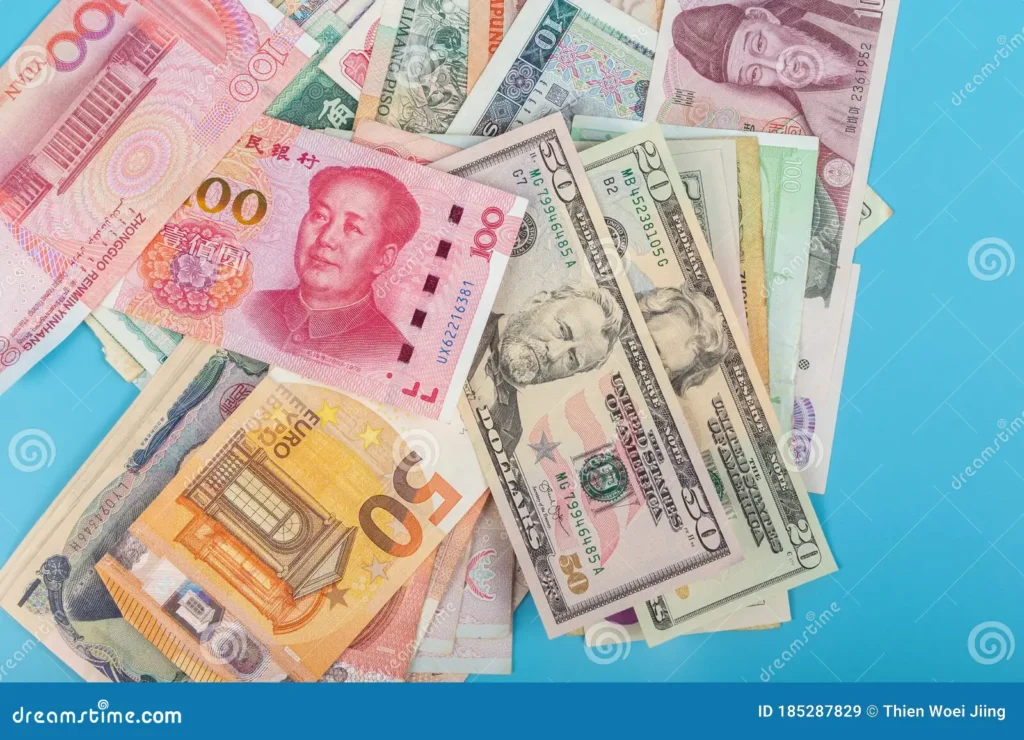
- Best time to visit? Spring (March–May) for cherry blossoms or autumn (September–November) for mild weather.
- Cash or card? Japan is still a cash-friendly country, so it’s helpful to carry some yen for smaller transactions.
- Connectivity? Pocket WiFi or an eSIM can make navigation and translation apps more accessible.
Tokyo is a city that blends cutting-edge technology with deep-rooted traditions. From high-tech experiences to hidden gems, there’s always something new to discover.


